If you have a second and would like to check out Tameno on ProductHunt, I’d definitely appreciate it!
Using a Mid-2012 MacBook Pro with macOS 13 Ventura for iCloud Sync Testing & Debugging
To start with: it’s difficult, but it can “work”. Sort of.
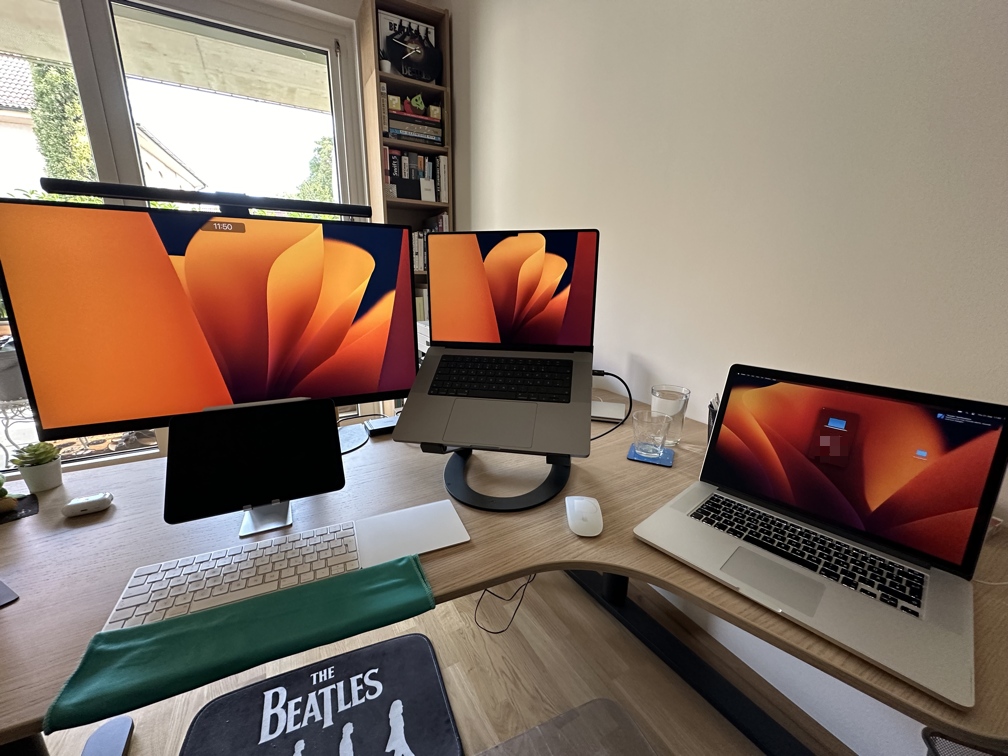
Why do this to yourself?
Quite frankly, I didn’t feel like shelling out ~€600 for a refurbished Mac Mini just to be able to test the odd app of mine with iCloud sync. It just seems overkill. And I did have this old MBP lying around, so I thought: why not give it a try?
If all else failed, I’d still have the Mac Mini option, anyway.
And a Virtual Machine doesn’t work, because you can’t log into iCloud / Apple ID in a VM environment for some reason. It could have been so easy…
I’d done it before, too. That 2012-MBP has served me so well over the years, with 6 partitions, reaching from macOS 10.10 Yosemite to macOS 10.15 Catalina, all for testing purposes.
It really speaks to the quality and longevity of these machines. Eleven years old, and still rocking.
Installing macOS 13 Ventura on the MBPMid2012
Getting macOS Ventura (released in 2022) to run on a Mac that’s not supposed to run even macOS 11 Big Sur (released in 2020) is surprisingly easy.
Using OpenCore Legacy Patcher, it was pretty straight forward, with only one *gasp*-I-think-I-just-bricked-this-11-year-old-Mac moment that was resolved by a simple restart (a dialog appeared telling me the installation had to be aborted due to an unknown error, which had no effect at all).
There’s really only one thing that I thought could be improved (complaining on a high level here, since it’s a miracle this works at all in the first place):
You *have* to use an external drive to create the installer drive, you can’t use an internal partition. And you cannot use a partition of an external drive, you have to wipe that drive entirely.
None of my USB thumb drives were big enough (the biggest I have is 8 GB), and all my other drives have more or less important data on them, so wiping one of them was out of the question.
Thankfully, my girlfriend had a completely empty 2TB hard drive handy that she was supposed to use for backups (and never did), so I was able to use that.
Once that was out of the way, it was all just a matter of following the on-screen instructions and waiting. And waiting. It takes a while.
Running Xcode 15 on it
It runs. It compiles. It fails to attach the debugger to the app (the LLDB RPC server crashes). But the compiled app continues running. So, debugging and coding directly on the Mac is impossible.
In hindsight, I think I may have overshot with macOS 13 Ventura and perhaps should have installed macOS 12 Monterey instead with Xcode 14, but I did what I did. It’s done. I’m not doing it over. You can’t make me.
In my case, it’s just as well. All I wanted to do was to test ScreenFloat 2’s iCloud sync with another Mac. And as far as that’s concerned, it’s working perfectly.
It would have been the icing on the cake to be able to debug directly on that Mac, and commit changes back and forth, but what can you do…
I debug on my main Mac, and then commit-and-pull the new code over on the old Mac, and then re-build. It’s tedious, but I can’t really complain. Well, I can. And I am. But I shouldn’t.
Other Observations
I’m making use of the Vision framework in ScreenFloat, and that completely crashes the app on the old Mac. Apparently, there is a reason why macOS Ventura is not supported on these old Macs.
I don’t think you could use this as a machine for work, as I’d imagine you’d run into a lot of little, annoying, and big, terrifying issues. For instance, I imagine Preview would crash a lot, since it also uses the Vision framework for its OCR and whatnot.
For testing apps in development, however, it might work, depending on what it is you’re testing/developing. I had to jump through some hoops (disabling my Vision framework code) to get my app to run. Your mileage may vary.
As a no-cost alternative to a refurbished Mac Mini at ~€600, I couldn’t be more happy.
Here’s to my old, loyal MacBook Pro Mid-2012. It still has some life in it.
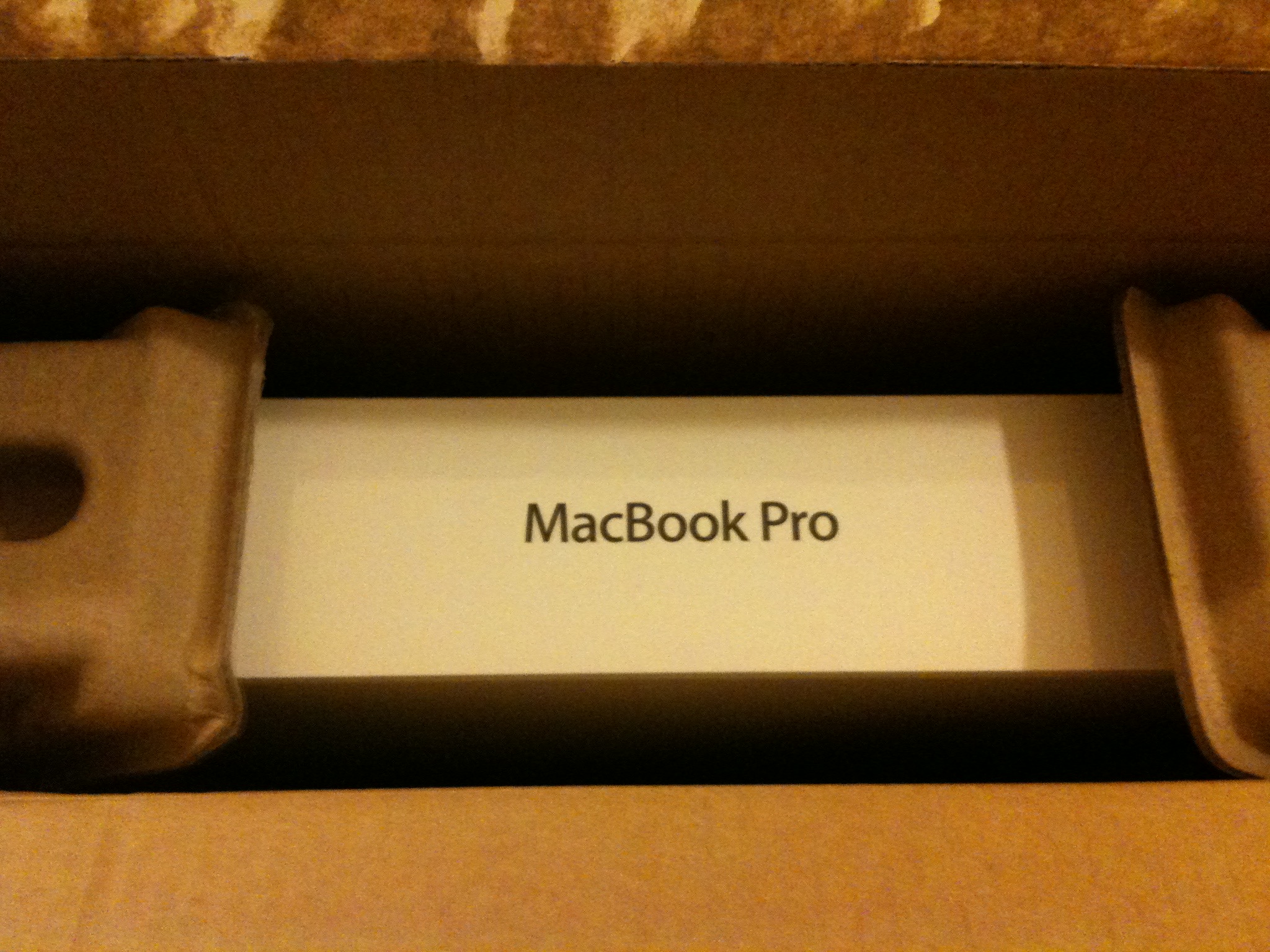
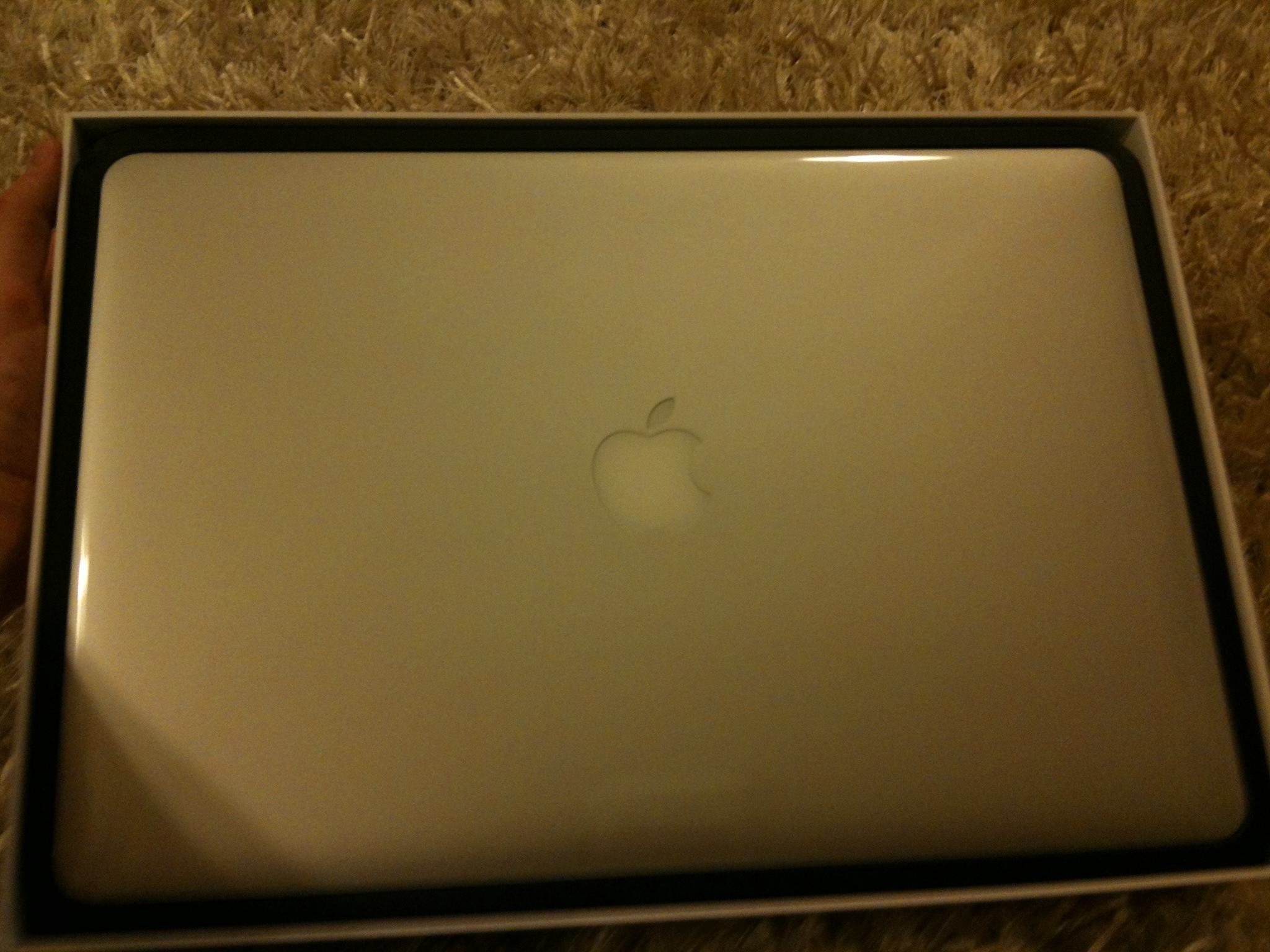
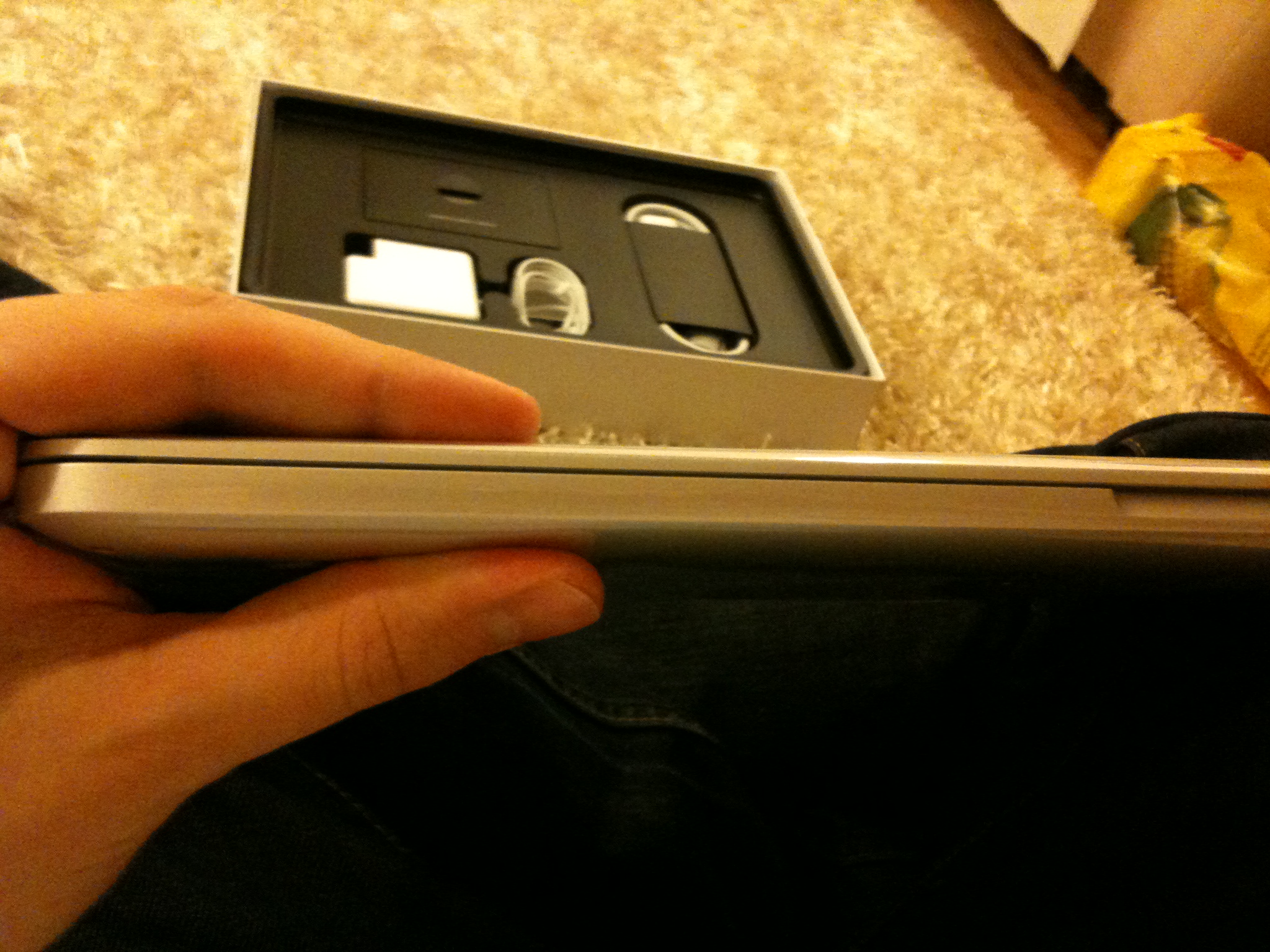
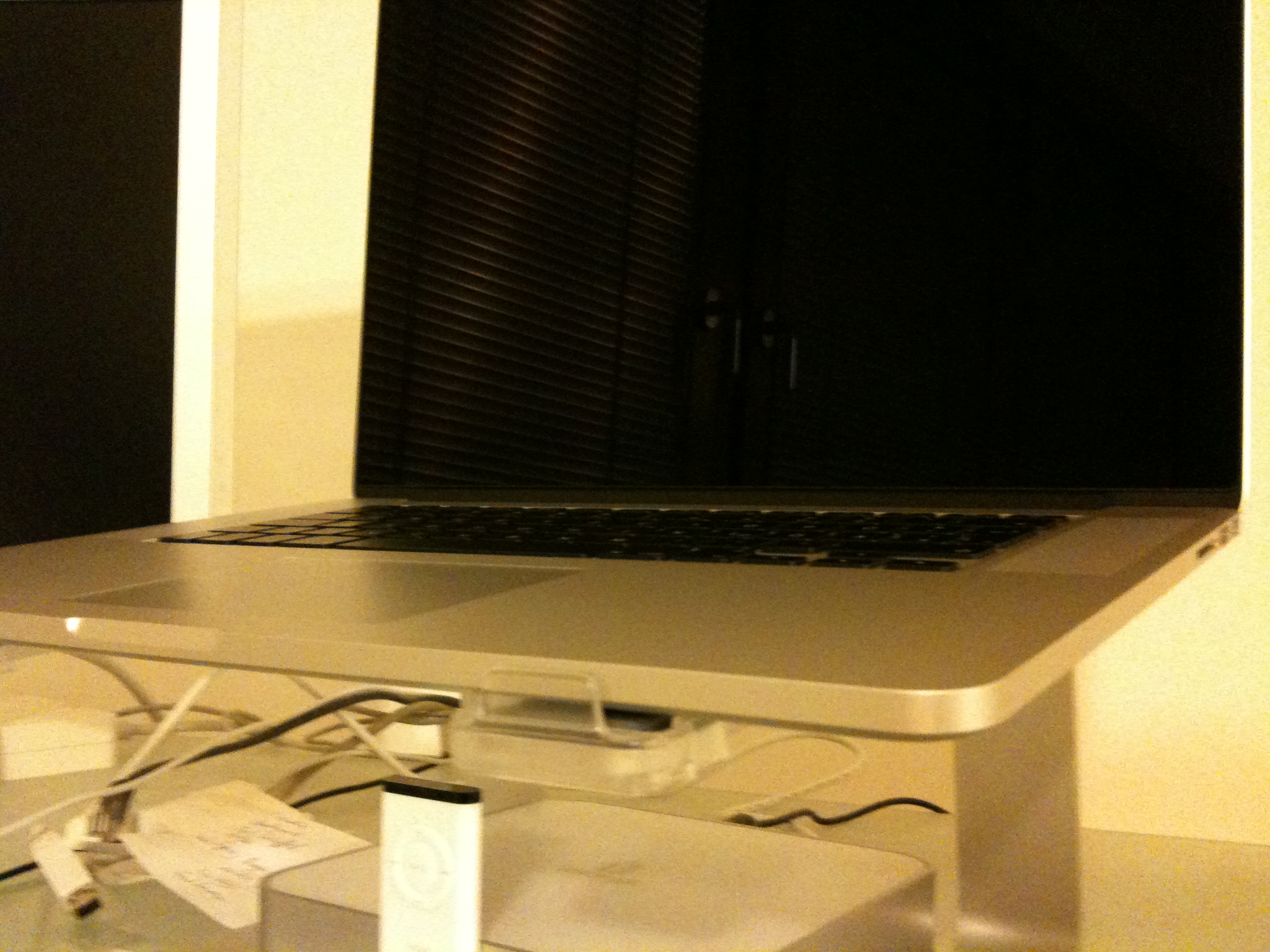
Tameno v1.0.1 fixes a bug on Apple Watch with watchOS 10
This is a day-one patch if I’ve ever seen one. It’s actually day one after release.
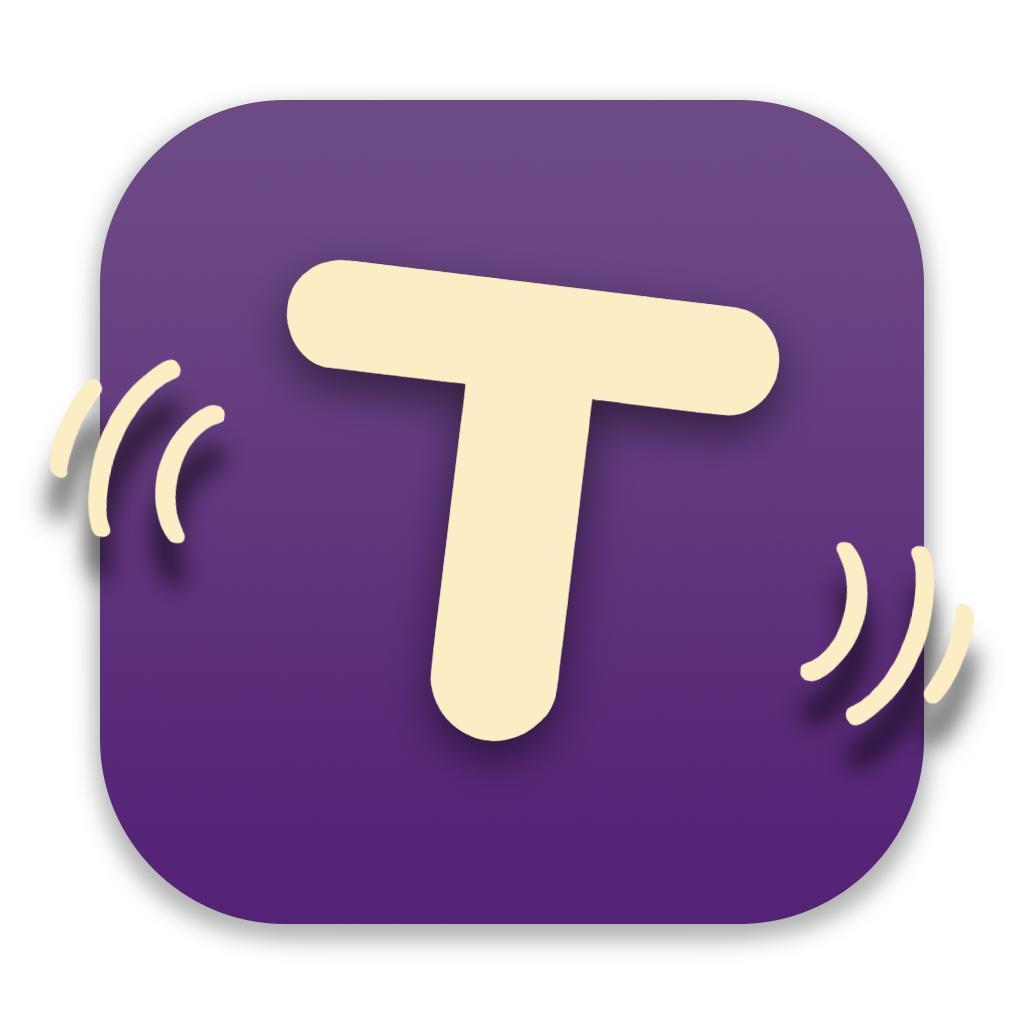
Tameno 1.0 on Apple Watch with watchOS 10 stops running in the background after ~45 seconds, because for some reason (the reason is currently writing this blog post) the app used a lot of CPU in some cases, causing watchOS to terminate it. Deservedly so.
Well, Tameno v1.0.1 to the rescue. It fixes the dreaded bug and now it works in the background as intended. Finally.
Tameno Website
Tameno on the App Store (Apple Watch, iPhone, iPad, Apple TV)
Tameno on the Mac App Store (Mac)
Introducing “Tameno – Get Tapped”, for Apple Watch, iPhone, iPad, Mac and Apple TV
I made a new app, called Tameno. It vibrates in an interval you set, so instead of counting in your head, you can focus on the task at hand. It’s the kind of app that makes you go, “There’s an app for that!?”
But let me explain.
Like all my apps, Tameno was developed out of necessity.
I have hedges made up of individual plants, and I like to water them evenly and fairly with my hose. So – I kid you not – I count down in my head from thirty for each plant. And that’s not as easy as it sounds when there’s big planes flying overhead I like to check out, or a neighbor comes up to me and starts chatting, or a bee appears out of nowhere and starts attacking me without as much as a “Howdoyoudo”.
In short, I lose count, at which point I usually curse my very existence, and maybe blame the plants for needing water in the first place.
But with Tameno, that’s a thing of the past. I set its interval to 30 seconds, and now I can just stand there, point my hose at the plant, look at airplanes, chat up the neighbors and even fence off bees, until Tameno taps me to let me know that 30 seconds have passed and I need to move on to the next plant.
That’s the life.
But hang on. Not only do I have hedges, I also have an electric toothbrush.
Now, this electric toothbrush comes with a 30 second built-in timer. However, its instructions state you should brush each side of every quadrant of your teeth for 10 seconds. See the discrepancy here? Of course you do. I’m not crazy. So that built-in timer is completely useless and has me counting down from 10 in my head repeatedly until I hit that 30 second timer. And most of the time, I miss it completely, painfully aware that some sides of my teeth didn’t get the full 10 seconds. Boo.
Tameno to the rescue. I give it a 10 second timer, and off I go, brushing my teeth without a care in the world. And when the interval passes, Tameno vibrates, and I can move on to the next side. Isn’t that lovely? And I didn’t even mention the extra thrill I get when Tameno’s third 10 second interval and my brush’s 30 second timer go off at the same time. What a rush. Brushing teeth is fun again!!*
I could go on, but what’s the point? I’m sure the only thing you want to know by now is where you can get this amazing, life-changing piece of software. So here you go:
Tameno is available on Apple Watch, iPhone, iPad, Mac and Apple TV.
It’s a universal purchase, so when you purchase it on one platform, you’ll also have it available on all the others. It’s a one-time purchase; no subscriptions. Sorry, Apple.
Its regular price is USD / EUR / GBP 2.99, but for a limited time, it’s USD / EUR / GBP 0.99.
Tameno on the iOS App Store (Apple Watch, iPhone, iPad, Apple TV)
Tameno on the Mac App Store (Mac)
Tameno’s Features
- Set an interval between 2 and 60 seconds in a minimalistic interface
- Depending on the device it’s running on, Tameno will vibrate, play a sound, and/or flash your screen in that interval
- Set up custom intervals and phrases with Siri and/or Shortcuts to start Tameno with your voice.
Phrases exclusively suggested on this blog include: “Siri, I’ve got my hose out”, and “Siri, help me brush each side of each quadrant of my teeth with Tameno and my electric toothbrush”. You know, brevity is key. - Tameno comes with three widgets:
– “The Favorite”, which gives you quick access to that one interval you can’t go about your day without
– “The Recents”, which gives you quick access to the last couple of intervals you used
– “The Interactive” (requires iOS 17, macOS 14), which lets you set up and start an interval right from the widget itself - Recently used intervals are synced across your devices using iCloud
I think that’s all there is to say about Tameno for now.
Oh, it’s short for “Tap me now”.
Alright, it’s shorter. By two letters. Naming’s hard. Just like counting down in my head.
Thank you for stopping by. Have a great day, and I hope you’ll enjoy Tameno.
P.S.: If you like the icon: thanks, I made it. If you don’t: I know, A.I. made it…
* brushing teeth is never fun.
